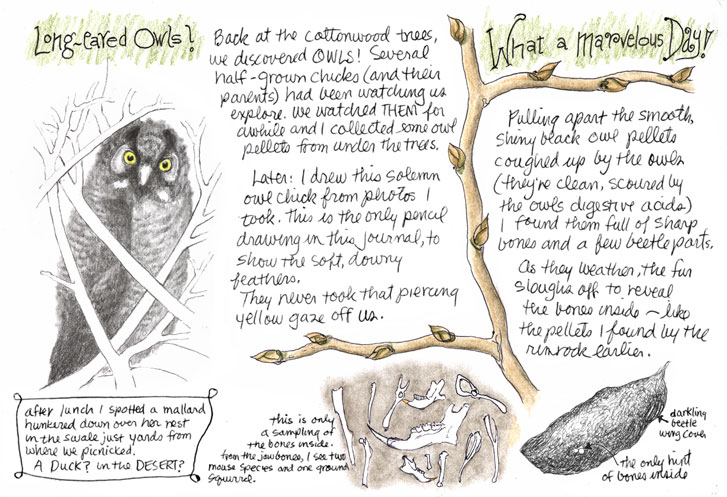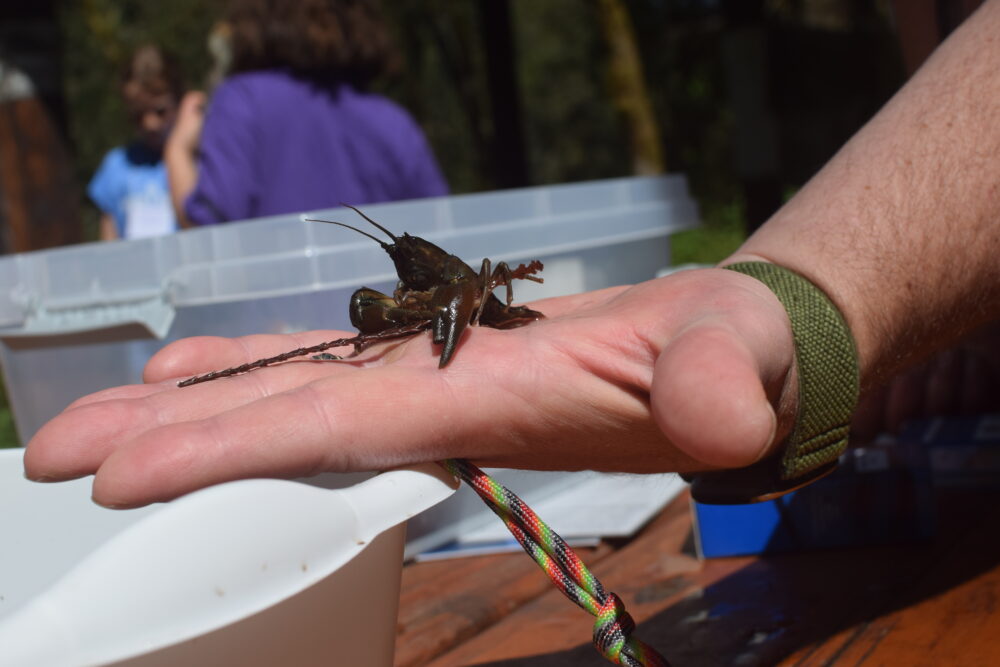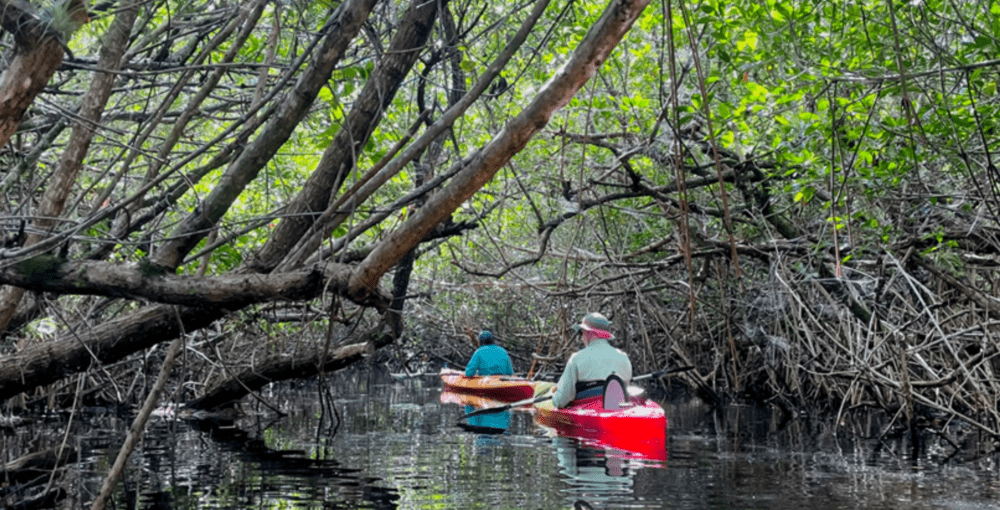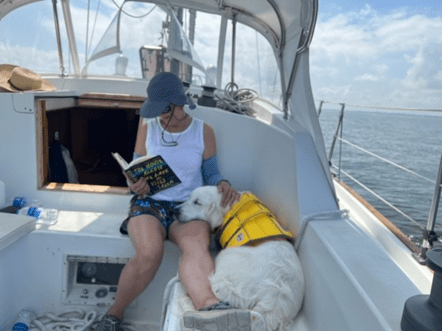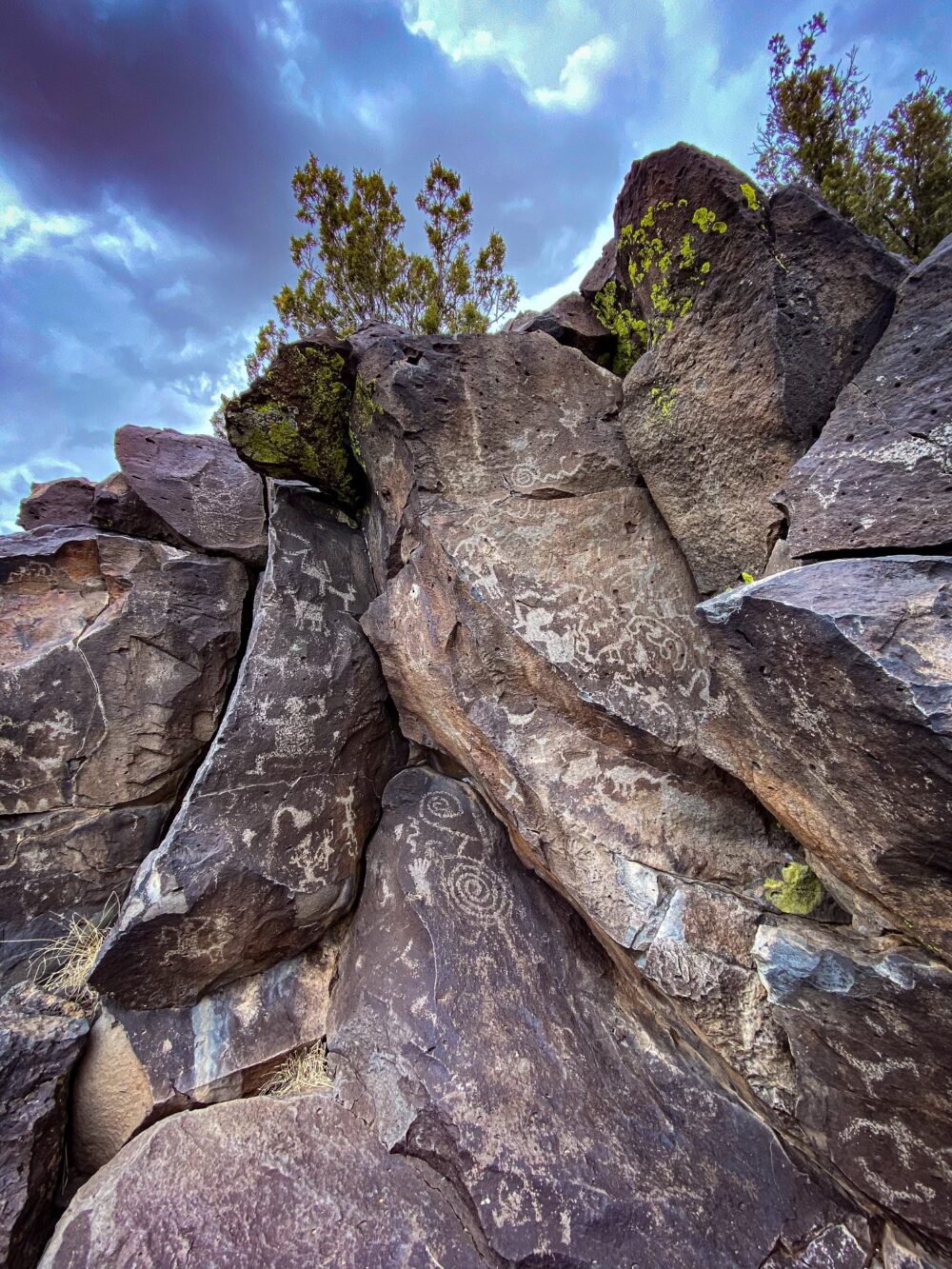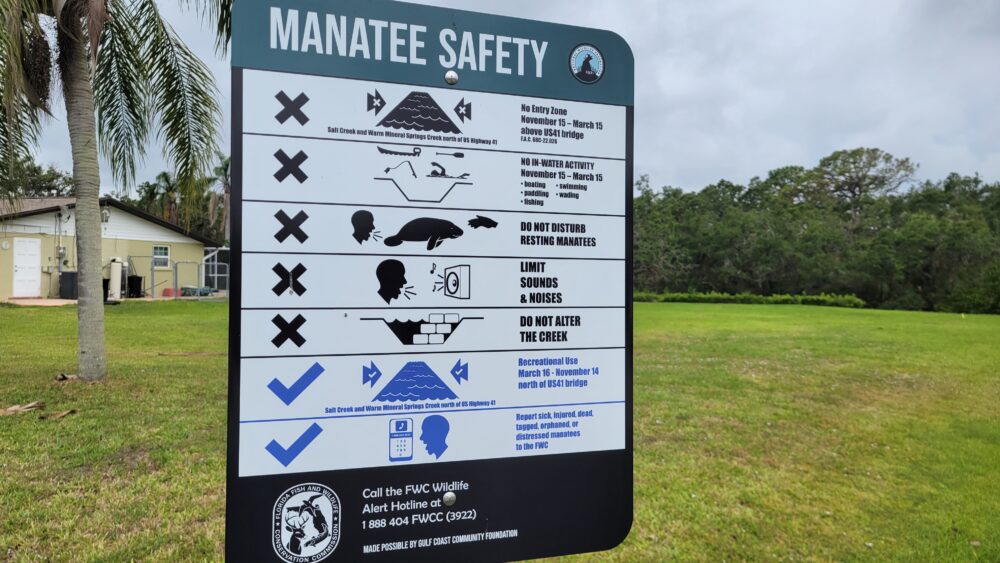We have much more to do and your continued support is needed now more than ever.
Pick Up a Pencil and Connect with Nature
I’m an environmental education nerd, and frequently troll bookstores for new material. Earlier this month, I stumbled upon a book called The Southern Swamp Explorer. I instantly fell in love with the detailed information and its presentation. Naturally, I stalked the author and illustrator, Irene Brady, and begged her to write a guest blog post. She’s in the process of moving to Belize to build a little earth bag home, and is quite busy, so you’re stuck with me. Together we’ve created some nature journaling tips for everyone, beginners to veterans.
Tips For An Awesome Nature Journal
1. Always bring your journal and a pencil.
You never know when nature will happen, and you want to be ready to record your observations.
2. Record the details.
You’ll begin to notice patterns if you add the date, time and weather to your entry. Note how things change based on these variables.
3. Slow down.
Take time to walk slow or sit in one spot to allow your senses to fully observe.
4. Open all of your senses.
Record what you see, hear, feel and/or smell. Try this trick to give your ears a treat!

5. Focus your observation.
There is a lot to see in nature, and it can be overwhelming to attempt to record it all. Focus your experience by starting with a prompt or investigating the answer to a question. Find pre-made nature journal prompt pages, here.
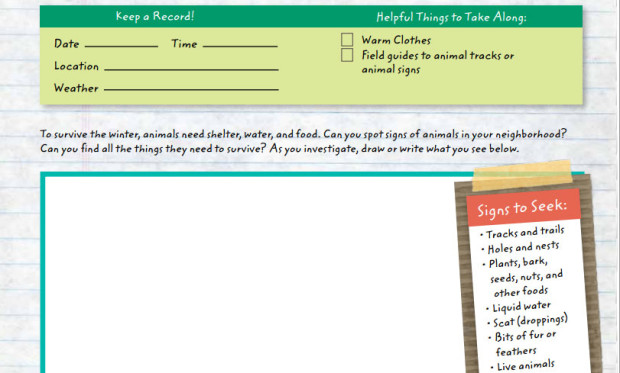
6. Don’t let the elements stop you.
Whether it’s rain, snow, wind or mosquitoes, nature happens. Come up with creative ways to be comfortable while you observe. Check out how Irene solved her mosquito problem!
7. Keep curiosity alive.
Allow your journal to be the beginning of an investigation, not the end. When you get home, do research about the things you observed.
8. Watch for signs of wildlife.
Tracks and scat are great to record. Additional things you may observe are woodpecker holes, beaver teeth marks, nests for birds or insect or spider webs.
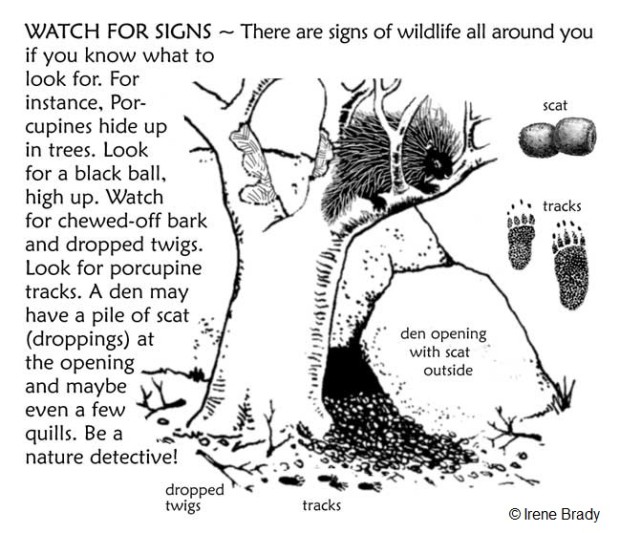
9. Explore local nature sites.
You don’t have to travel into the wilderness to record nature, it’s right in your backyard or neighborhood park. Nature Find has a list of places near you to visit.
Remember that anyone can make a nature journal, and each one is completely unique. There are no rules. Grab a pencil and go connect with nature! We want to hear about YOUR nature journaling experiences in the comments below!